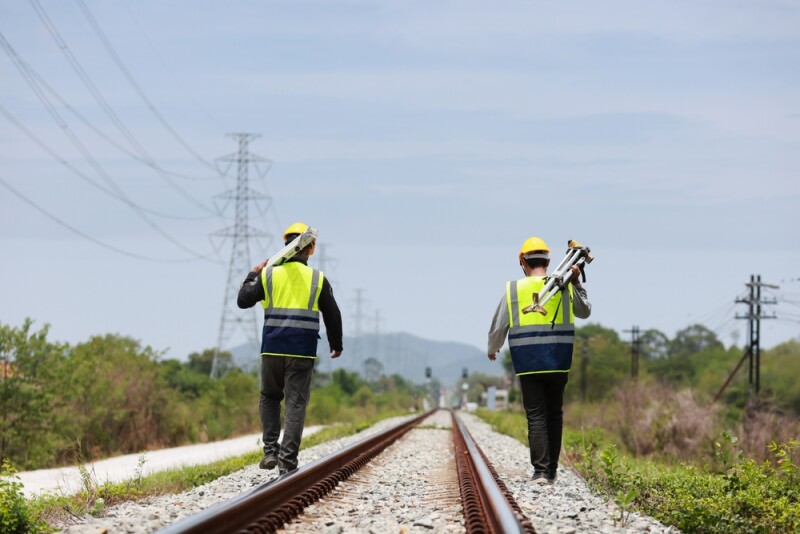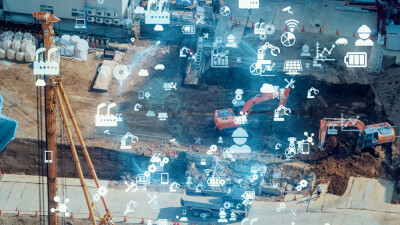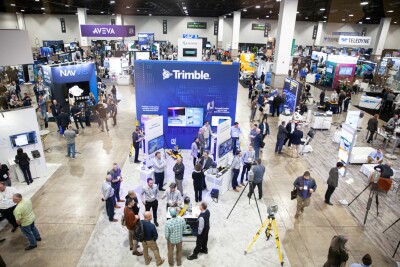As everyone in and around the AEC industry has heard ad nauseam for years at this point, the sector has a long-held reputation for being averse to technological adoption. Much of this talk was exacerbated by the now-infamous McKinsey report from 2016. These days, there is a lot of exaggeration around this sentiment, and even the parts which are true often miss important context that explains why some of this aversion does exist. And of course, since that report the industry has taken big steps forward in embracing new technologies, ranging from simple software solutions to digitize important workflows to more eye-popping tools like BIM, reality capture, and digital twins, among others.
That being said, even if that reputation is largely overblown, and even if some in the industry are arguably moving too quickly within this current ‘AI boom’, there are still areas in which the sector is almost shockling too far behind. The biggest example of that might be with the way data is managed and, more importantly, shared among stakeholders. Construction projects are extremely complex – which is one of the reasons technological adoption has lagged at times – with many moving parts and disparate stakeholders. There is a ton of data generated for each project, and that data needs to be shared across different companies in different areas.
In 2024, one would expect that shouldn’t be too much of a problem, but when you attend conferences and speak to those in the industry one might be surprised to hear how this is done by many firms. While some have digitized this data-sharing process, for a multitude of reasons there are still firms who are stuck in hold habits, relying on archaic processes like mailing hard drives across the country. This, of course, not only risks things being lost in transit, but also slows down that data sharing to a significant degree.
Recently, Geo Week News spoke with Zelus about the transformation of their data-sharing workflows, turning to digital solutions that specialize in the transfer of large data files. Charles Weaver, who serves as the company’s Information Technology Security Administrator, noted that prior to making the shift to their current solution, Signiant, that data stability was their biggest problem. They were not necessarily mailing hard drives in their former workflow, but Zelus was utilizing File Transfer Protocol, or FTP. That still provided issues, though.

“Some of our biggest challenges were around data stability,” Weaver said. “We needed something that would help us be able to create fewer corrupt files from the field to the office. On top of that, we also struggled with being able to guarantee the transfer files in a timely manner.”
It’s worth pointing out that, among AEC firms, Zelus would fit in the more tech-forward bucket as an engineering firm that focuses largely on collecting lidar scans of projects for virtual design and construction consulting. That, Weaver acknowledges, made them more open to looking for different solutions than others in the industry. On the other hand, it also means the data they are sharing is large and complex, and not knowing until after the scan was long completed that the data was incomplete or corrupt was frustrating to the field teams.
Weaver said that, when they were in the process of looking for new solutions, that data corruption was the most important vetting question. He said, “There’s nothing more frustrating than thinking you have all your data, telling your field crew to move on to the next location, and then finding out the next day during processing that everything needs to be re-uploaded because the files were corrupt.”
As noted above, they’ve been using Signiant now to transfer their data for a few years now, and Weaver notes that the transition did not take long for the team to be on board. It’s an interesting transition, too, as Signiant comes from more of a media and entertainment background. However, that’s an industry that also has to transfer large files – albeit different kinds – across many different stakeholders. Chris Fournelle, Director of Content and Marketing Production at Signiant, comes from that media background and tells Geo Week News that the crossover between the two industries might be larger than one might initially expect.
“We’re primarily known in the media entertainment industry for sending large video files or lots of smaller files. But, more and more non-media companies have the same issues as media companies.” That includes an industry in AEC that is incorporating more and more lidar scans into their workflows, creating these large data files.
Weaver expressed multiple times that Zelus’ place as a more tech-forward company who works heavily with these data files puts them ahead of the curve in some of this, but he is seeing more progress in the industry in modernizing their data sharing processes. One of the big motivators, in addition to what we’ve already mentioned, is security around the data.
“There are certain companies, too, that might compete with each other that don’t want Company A to use Company B’s data at all,” Weaver said. “That’s a major point for us, too, is that the data is always within Zelus’ control.”







